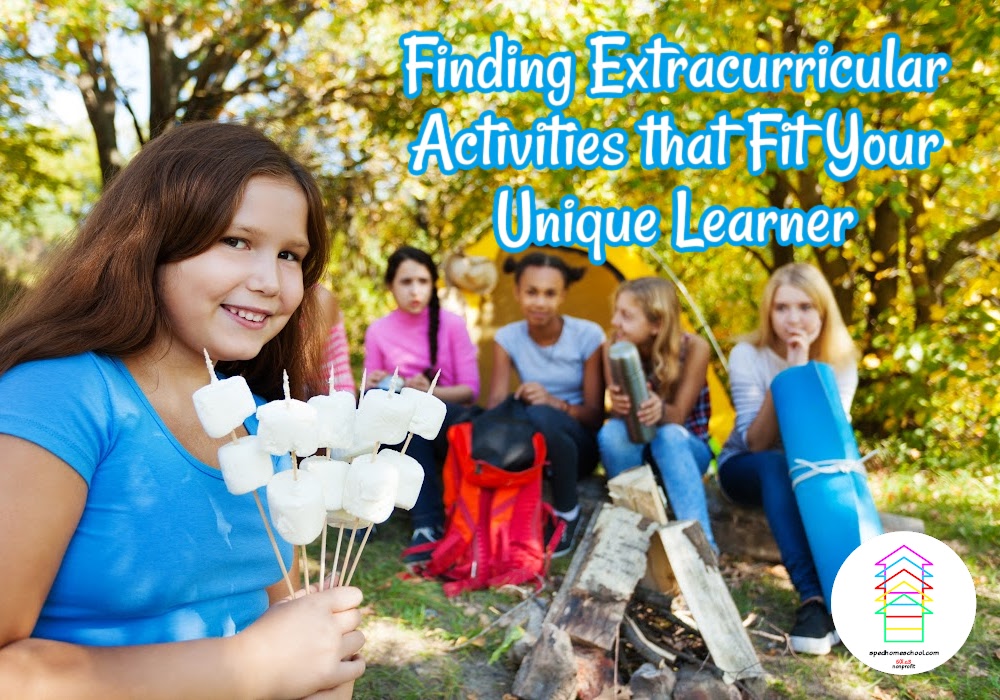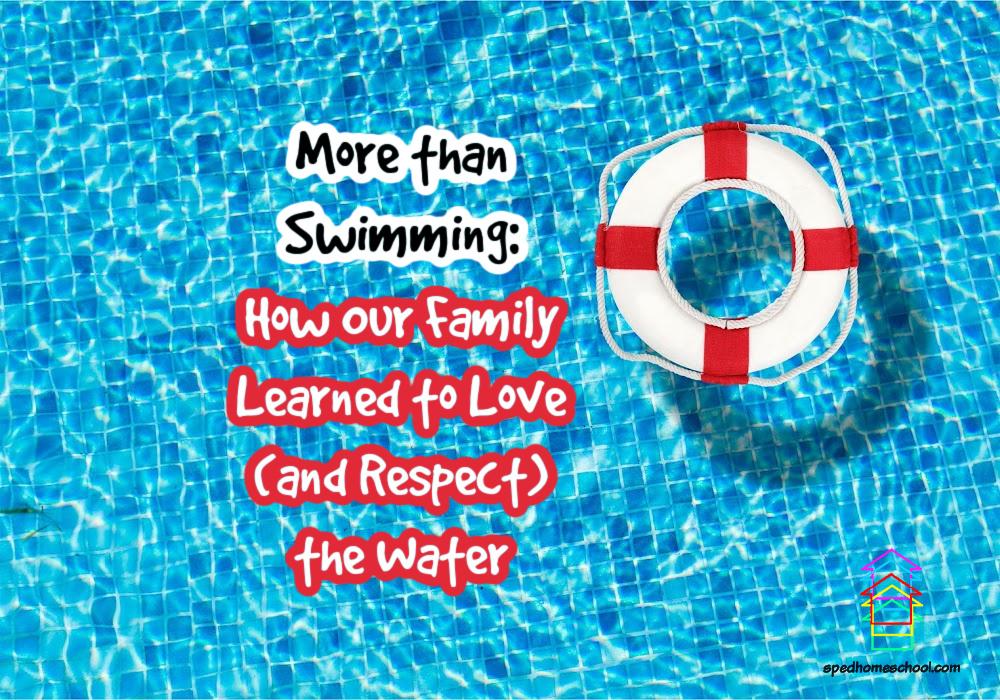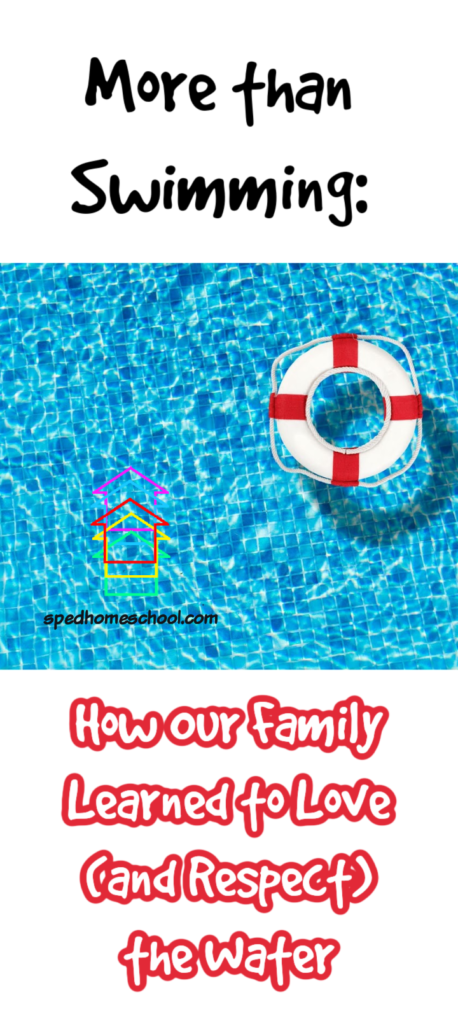
By Kathy Kuhl, from Learn Differently
“Socialization”, the word all homeschoolers hate.
This is not because we hate socialization, but rather the fact that relatives and even complete strangers keep asking us about it.
As parents of kids with special needs, we do want to help our kids develop social skills, just as we would if they were in public or private school, and sometimes we have to seize the moment.
“My son is just opening up this year, wanting to be around other kids and I am looking for friendly opportunities.”, Mary wrote today, asking if I could help her find a Boy Scout troop open to boys on the spectrum.
Whether it’s a Boy Scout troop, Girl Scout, scouting program, team, or extracurricular activity, here are my five tips for finding a good fit for your exceptional child:
- Ask your local homeschool friends. At local homeschool support groups, ask around. Don’t forget to post queries to local homeschool lists, message boards, and groups on social media. When you get replies, ask a few questions. Chances are, the parents will love to tell you about what their kids are doing.
If you are talking to someone who doesn’t understand your child’s special need, plan ahead. Think of short ways to explain your child’s behavior: “He loves camping and is very diligent, but is a bit socially awkward.”, “She misses social cues, but is very kind-hearted and loves crafts.” This stranger, and even the group leader, doesn’t need too much detail initially.
- Ask your local chapter of your favorite special needs support organization: CHADD, the Autism Society, Learning Disabilities Association.
- Check with your local chapter of the ARC, which deals with a variety of special needs.
- Realize that every troop and group is different. When we were looking for a Boy Scout troop many years ago, a friend advised us to visit at least three troops. If we weren’t happy with the first one we visited, she said then we had options. Every group has its own personality.
And if you visited a group a few years ago and didn’t like it, you might go back. That kid your child couldn’t stand may have grown up, or your child may have. That unsympathetic parent may have moved on. The culture of the group could change, especially in places where people frequently move in and out.
- When you find the right group, give the leaders a little, but not too much, information. When they do ask a question, resist the urge to launch into your excellent five minute lecture on your child’s disabilities, I’ve felt that urge. You don’t want the leaders to become afraid to ask you anything. Keep it simple.
Keep it practical:
“Tom loves scouts. He has attention deficit disorder. He’s not hyperactive, but he is easily distracted. When you need his attention, please call his name before you give him instructions. A tap on the arm can also get his attention. Thanks so much for working with the troop.”
“Sarah is so glad to be in this group. She has an auditory processing disorder that makes it hard for her to make out one voice from other sounds. Her hearing is excellent. Talking louder won’t help, but make eye contact first, tap her arm, and say her name. Then move to the side of the room where it is quieter. We are so grateful for your work with the girls. Can I bring refreshments next month?”
When you’ve found the right group or troop, what’s next? See my next post in this series for tips on helping your child succeed in that group activity.
———————————————————————-
Kathy Kuhl equips and encourages parents to help children with learning challenges. After homeschooling a bright, dyslexic, creative, and highly distractible son for grades 4–12, she interviewed 64 families homeschooling students with learning difficulties to write Homeschooling Your Struggling Learner. This handbook helps anyone supporting teens and children with challenges—including learning disabilities, attention deficit disorder, autism, and giftedness—and others who “learn differently,” whether diagnosed or not.



